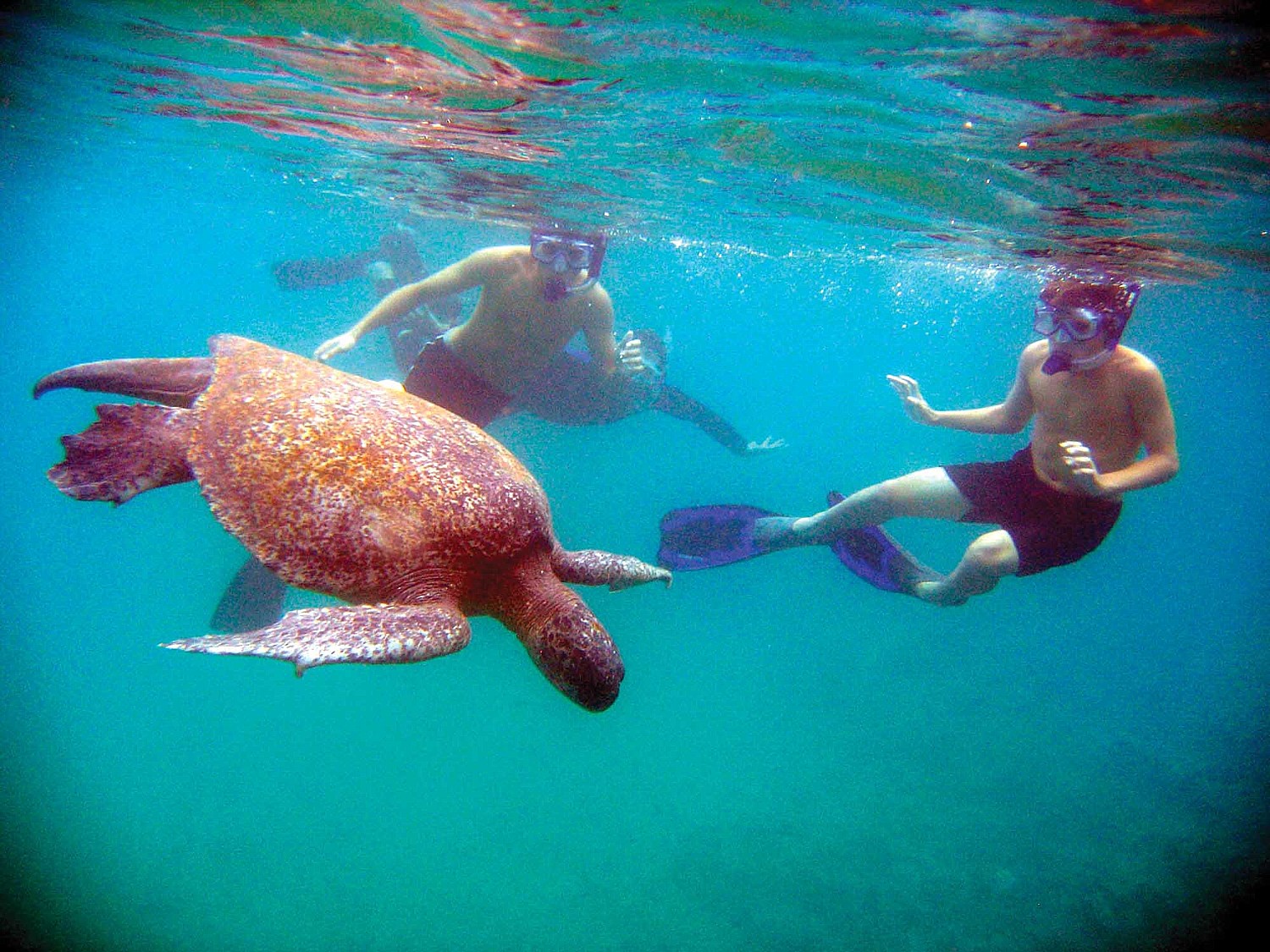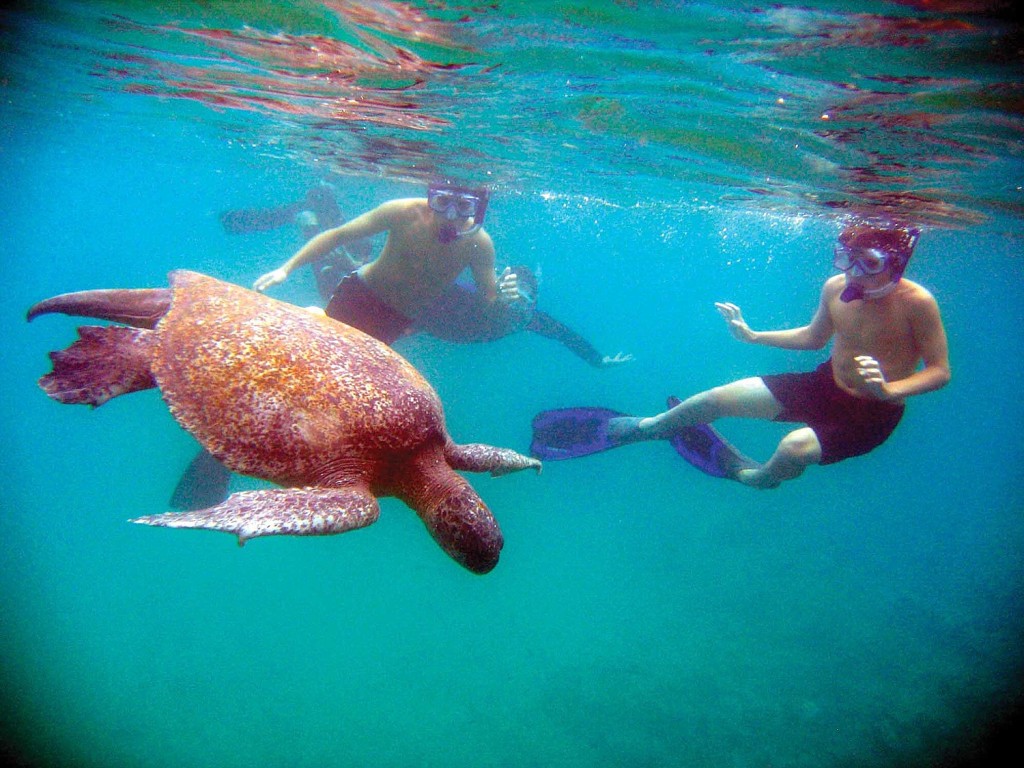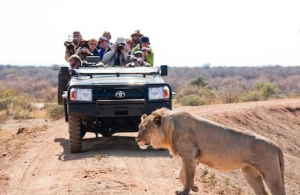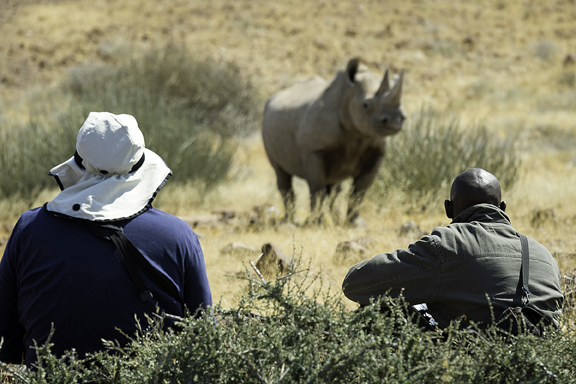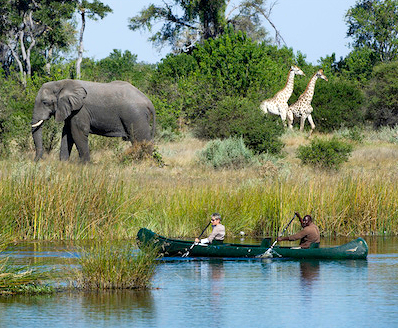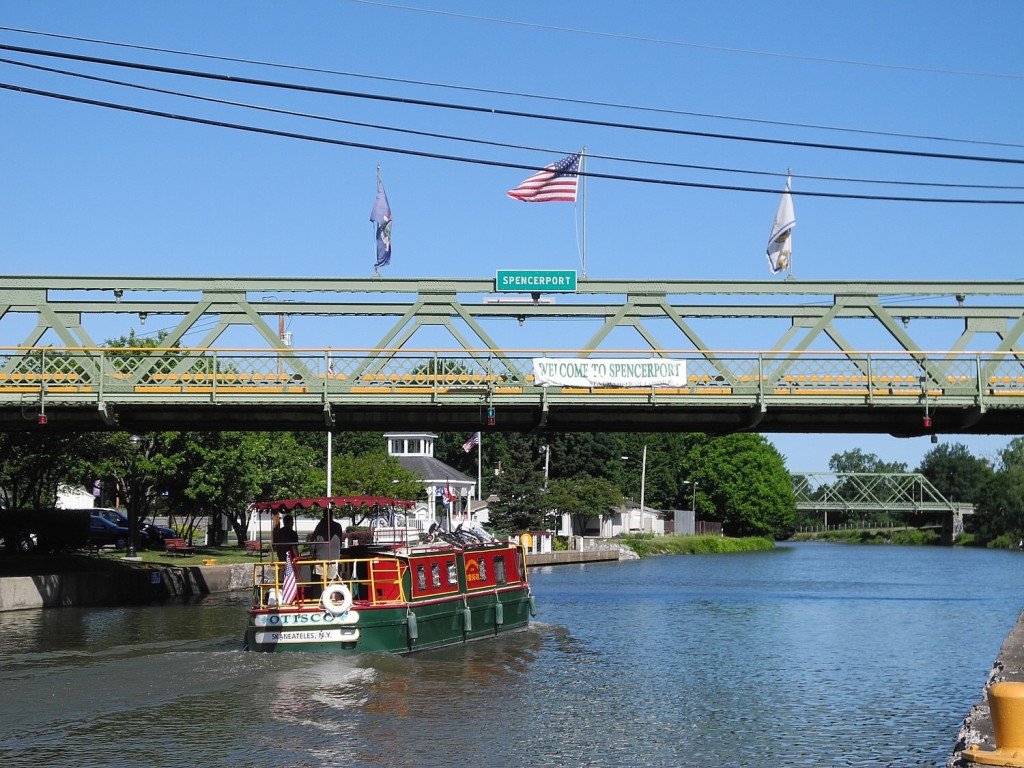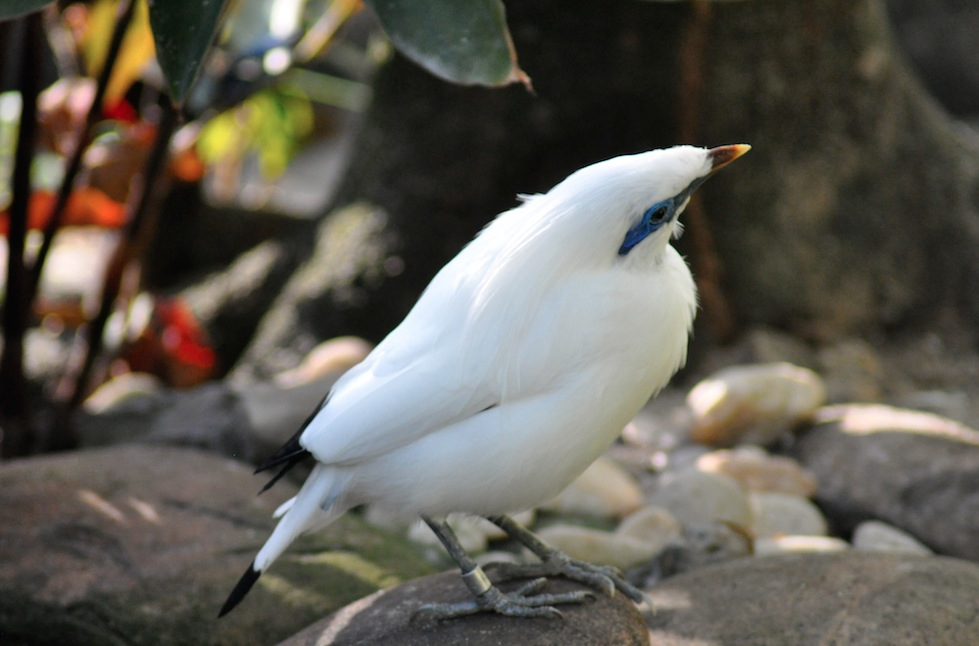
SAUSALITO , CA –
Award-winning wildlife travel expert Wild Planet Adventures has been granted special access to lead wildlife eco-tours in the remote Maliau Basin Conservation Area, famously known as “The Lost World of Borneo.” Located on the strait of Sabah, the region encompasses Malaysia’s easternmost state on the island of Borneo.
The Lost World of Borneo is one of three areas left in Borneo that encompass the last stands of the oldest rainforest on earth. Its geography – a basin surrounded by steep cliffs – has never been fully explored. Another of these areas, the Danum Valley, is also included in Wild Planet’s signature “Weird & Wonderful Wildlife Eco-tour” available in 12-and 16-day itineraries, the latter including an exclusive wildlife expedition into The Lost World of Borneo.
In April 2015 wildlife expert Josh Cohen, director of Wild Planet Adventures, mounted an extensive two-pronged expedition to Malaysia: first, to scout Borneo’s Lost World and then to investigate how to increase the percentage of rare animal sightings on its wildlife-focused tours.
Maliau Basin Conservation Area is a virtually self-contained ecosystem never inhabited by humans and where large areas still remain unexplored. Efforts are underway to nominate Maliau Basin as a UNESCO World Heritage Site, Cohen said.
“It’s no wonder Maliau Basin is called the “Lost World.” Here you can experience something that is nearly impossible to find anywhere else on earth: the forest floor is so pristine and untouched, if you step off the trail it is likely that no other human will have ever set foot where you are standing!”
He added that while wildlife is extremely shy, Maliau Basin Conservation Area offers perhaps the only remotely viable chance to see some of the world’s rarest animals including the clouded leopard, sun bear, pygmy elephant, Malaysian badger and the reclusive Bornean rhino.
“Wild Planet travelers will enjoy a nocturnal wildlife walk exclusive to our guests to monitor camera traps, conditions permitting,” Cohen said. Wild Planet has made special arrangements with wildlife researchers at Maliau Basin Conservation Area who will share recent camera trap photos of some of these and other rare animals.
Throughout Cohen’s Borneo scouting expedition, he and his staff went to great lengths to explore remote areas at unusual times of day, utilizing eco-responsible methods such as electric motor boats, silent safaris and ultra low-impact strategies to assure the best possible chance to spot animals not commonly seen by even the most diligent travelers. They scouted remote tributaries of the Kinabatangan River after midnight, arranged exclusive nocturnal access to wildlife-rich habitat surrounding Gomantong limestone caves, traversed uncharted riverbed trails in the Danum Valley and made special arrangements with scientific researchers to hike into remote camera trap destinations in Maliau Basin Conservation Area.
“The results were staggering,” he said. “In addition to seeing a huge volume of wildlife including 11 of the 13 primate species, pygmy elephants, tarsiers, slow loris, flying lemurs and other “gliders”, the expedition encountered an unprecedented number of wild orangutans – both alpha males as well as mothers with babies. But the highlight of the expedition was encountering an extraordinarily rare flat-headed cat, last sighted in the region nearly eight years ago, proving the efficacy of Wild Planet’s eco-responsible wildlife viewing methods.
As a follow-up to the initial scouting trip, he said “the extraordinary results continue to this day. The very first Wild Planet travelers to benefit from the new activities and destinations that we arranged saw a similar volume of rare animals, including a rare Bay owl, which had not been seen for many years.”
Both “Weird & Wonderful Wildlife” itineraries embrace Wild Planet Adventures’ unique scouting activities. They include Sipadan Reef, one of the world’s “Top 5” snorkel and dive spots, and the 16 day program also includes a visit to Seligan Island to witness sea-turtles laying eggs and the baby hatchlings returning to the sea. Both programs feature exclusive expeditions to see Borneo’s famous “gliders” – mammals, amphibians and reptiles that evolved to fly, such as Wallace’s flying frogs, colugos (flying lemurs), flying squirrels and Paradise flying tree snakes. There are also exclusive nocturnal expeditions to see Tarsiers and Slow Loris, two of the world’s smallest (and cutest!) primates.
The new 16-day Borneo “Weird & Wonderful Wildlife Eco-tour” starts at $7,798 per person, double. For details see http://www.wildplanetadventures.com/destinations/?country=borneo&trip=weird-wonderful-wildlife-16-day-borneo
The 12-day Borneo Wildlife Eco-tour starts at $6,498 per person, double. For details see:
http://www.wildplanetadventures.com/destinations/?country=borneo&trip=weird-wonderful-wildlife-12-day-borneo
For detailed itineraries, exciting wildlife photos and video galleries and booking information, visit http://www.wildplanetadventures.com/, call 800-990-4376 or emailtrips@wildplanetadventures.com.
Follow Wild Planet Adventures:
Facebook: http://www.facebook.com/mywildplanet
Twitter: @WildPlanetAdv
You Tube: https://www.youtube.com/user/WildPlanetAdv
Pinterest: http://www.pinterest.com/wildplanetadv/
For more travel features, visit:
www.examiner.com/eclectic-travel-in-national/karen-rubin
www.examiner.com/international-travel-in-national/karen-rubin
goingplacesfarandnear.com
goingplacesnearandfar.wordpress.com
moralcompasstravel.info
travelwritersmagazine.com/TravelFeaturesSyndicate/
‘Like’ us on facebook.com/NewsPhotoFeatures
Twitter: @TravelFeatures
